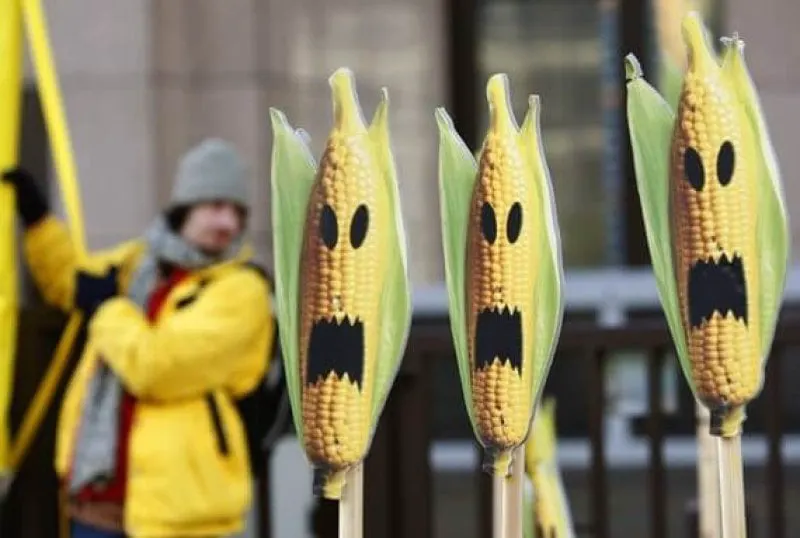Viewpoint: Concerned about biodiversity but wary of biotechnology innovation to achieve it? Your fears are misplaced
Viewpoint: Concerned about biodiversity but wary of biotechnology innovation to achieve it? Your fears are misplaced


Some individuals worry about the unintended consequences of intervening with nature, including the use of genetic technology as well as traditional conservation restoration. However, alarming biodiversity loss tells us we must be more focused on the game-changing positive impacts that will result from a focus on Intended Consequences. If we fret endlessly about unintended consequences and wallow in uncertainty, we will inevitably witness the chilling result as a mass extinction plays out. Our current pivot point asks of us boldness and action as we consider biotechnology solutions and weigh the consequences of doing nothing.
The American chestnut, for example, will not survive without intervention. Prior to the industrial revolution, these trees formed endless stands in the Eastern forests of North America. By the 1940s a nonnative fungal blight killed an estimated four billion trees nationwide.
With both the American chestnut and the black-footed ferret, 21st-century conservation solutions began in the lab. Responsible genetic interventions resulted from pairing new biotechnologies with decades of natural history knowledge and careful research. Despite the wariness cultivated by fictional horror stories, biotechnology is simply one more tool in this earnest race against extinction.
Read the original post

 | Videos | More... |

Video: Nuclear energy will destroy us? Global warming is an existential threat? Chemicals are massacring bees? Donate to the Green Industrial Complex!
 | Bees & Pollinators | More... |

GLP podcast: Science journalism is a mess. Here’s how to fix it

Mosquito massacre: Can we safely tackle malaria with a CRISPR gene drive?

Are we facing an ‘Insect Apocalypse’ caused by ‘intensive, industrial’ farming and agricultural chemicals? The media say yes; Science says ‘no’
 | Infographics | More... |

Infographic: Global regulatory and health research agencies on whether glyphosate causes cancer
 | GMO FAQs | More... |

Why is there controversy over GMO foods but not GMO drugs?

How are GMOs labeled around the world?

How does genetic engineering differ from conventional breeding?
 | GLP Profiles | More... |

Alex Jones: Right-wing conspiracy theorist stokes fear of GMOs, pesticides to sell ‘health supplements’




 Trust issues: What happens when therapists use ChatGPT?
Trust issues: What happens when therapists use ChatGPT? Viewpoint — Fact checking MAHA mythmakers: How wellness influencers and RFK, Jr. undermine American science and health
Viewpoint — Fact checking MAHA mythmakers: How wellness influencers and RFK, Jr. undermine American science and health Fighting deforestation with CO2: Biotechnology breakthrough creates sustainable palm oil alternative for cosmetics
Fighting deforestation with CO2: Biotechnology breakthrough creates sustainable palm oil alternative for cosmetics Viewpoint: Video — Big Solar is gobbling up productive agricultural land and hurting farmers yet providing little energy or sustainabilty gains
Viewpoint: Video — Big Solar is gobbling up productive agricultural land and hurting farmers yet providing little energy or sustainabilty gains California, Washington, Oregon forge immunization alliance to safeguard vaccine access against federal undermining
California, Washington, Oregon forge immunization alliance to safeguard vaccine access against federal undermining 30-year-old tomato line shows genetic resistance to devastating virus
30-year-old tomato line shows genetic resistance to devastating virus The free-range chicken dilemma: Better for birds, but with substantial costs
The free-range chicken dilemma: Better for birds, but with substantial costs ‘You have to treat the brain first’: Rethinking chronic pain with Sanjay Gupta
‘You have to treat the brain first’: Rethinking chronic pain with Sanjay Gupta
